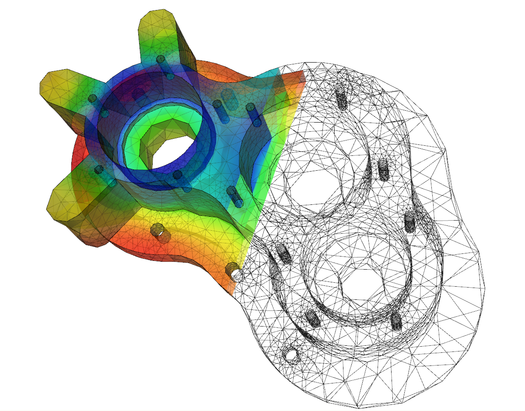What is a Differential Equation? (DE)
A differential equation is an equation which contains the derivative of one or more of the variables.
They are incredibly useful because they allow models to describe the rate of change of values rather than the size of the values.
First order Differential Equations
Some first order differential equations can simply be solved by separating variables and integrating. This is a normal maths technique so I will be skipping over it.

Linear first order differential equations are in the form:

To solve these, you can observe how an application of the product rule would have produced the expression on the left side.
For instance, take the linear first order differential equation:

Observe that by applying the product rule to the expression

Gives the same expression as on the left of the above equation, taking into account the need for implicit differentiation.
After spotting this, integrating both sides with respect to x will yield a solution, but don’t forget a + c on one of the sides!




DONE! Don’t forget to apply the division of x to the c as well.
Integration Factor
Sometimes the equation will not immediately be susceptible to the reversed product rule attack, but we can change the equation to force it to.
First, a particular expression must be found called the Integrating Factor (IF). This can be found using the formula:

Multiply the entire equation by this expression and the trick described earlier will always work.
Second Order Differential Equations
Second order differential equations are differential equations which contain a second derivative.
Homogeneous
Here is how to solve differential equations in the form:

This is called a homogeneous equation because it is equal to zero.
The first step in solving these equations is to form the Auxiliary Equation (A.E).

There are three scenarios to follow depending on the solutions to this quadratic:
Scenario 1: Distinct Real Solutions
In the case where the quadratic has two distinct real solutions, use the equation:

Scenario 2: Repeated Real Solution

Scenario 3: Imaginary Solutions

Where the roots are the form of: 
These expressions are called the Complementary Function (C.F.).
Select the correct equation and sub in the roots and you have the General Solution (G.S).
Non-homogeneous
You need to add an extra step if the differential equation is not equal to 0, rather a function of x.
The first step is to get the Complementary Function like usual.
You then have to find the Particular Integral (P.I.) which satisfies the differential equation. First, observe the form of the function of x on the right side of the equation. Depending on it’s form, select on of the following forms of expression.
| Form of f(x) | Form of P.I. |
| k | λ |
| ax+b | λx + μ |
| ax2 + bx + c | λx2 + μx + ν |
| mcos(ωx) | λsin(ωx) + μcos(ωx) |
| msin(ωx) | λsin(ωx) + μcos(ωx) |
| msin(ωx) + ncos(ωx) | λsin(ωx) + μcos(ωx) |
Once one of these equations has been found, set it equal to y and find the first and second derivative.



Then sub these three expression into the formula. Compare coefficients to find the values of the unknowns.
You have now found the Particular Integral! Simply add this to the Complimentary Function to find the complete general solution!
y = Complimentary Function + Particular Integral
